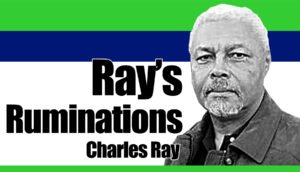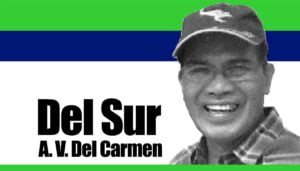
Foundation University entered into a partnership through a memorandum of understanding to carry out an information-education-communication (IEC) campaign on the rehabilitation of Banica River in barangays Bagacay and Taclobo.
Another school that was tapped to come up with a similar IEC campaign is Colegio de Santa Catalina de Alejandria (COSCA) for barangays Calindagan, Tabuctubig, Poblacion 8, and Tinago.
The Department of Environment and Natural Resources (DENR) would rely on the studies conducted by Foundation University and COSCA. If these studies show that 100 percent of the population prefers the river as a dumping site, then, a solution has to be created. The study can be relayed to the local government unit to inform that the eight barangays in Dumaguete City need 30 enforcers to prevent it.
The DENR is adopting a research-based approach to identify solutions to the pollution caused by indiscriminate dumping of garbage in the Banica River.
Dumaguete City being a so-called university town, the DENR tapped academic institutions to conduct IEC campaigns in the barangays along the Banica River to educate them on the importance of restoring the river to its original state.
The IEC campaign also has a research component, wherein DENR’s partner schools will conduct house-to-house surveys in communities along the river to gather information about environmental issues, solid waste practices that contribute to river pollution, and determine people’s attitudes towards the river.
This will result in a research-driven response from the government to address the issues that led to the deterioration of the Banica River.
The IEC has a research component. To date, instead of clean-up activities, students through their specific classes can go to these communities and interview the residents. They can ask about their problem with garbage and why they choose to throw their wastes on the river.
Based on data from DENR, Banica River spans 20.70 km in length and covers 3,795 hectares of land encompassing Valencia town and Dumaguete City.
The riverway passes through barangays Apolong, Sagbang, Balabag, Palinpinon, and Balugo in Valencia and barangays Tinago (Poblacion 1), Poblacion 2, Poblacion 8, Calindagan, Bagacay, Tabuctubig, Taclobo, Batinguel, Cadawinonan, Junob, Candau-ay, and Balugo in Dumaguete City.
The Banica River once teemed with bamboo groves and lush foliage along its riverbanks, and its waters were so clean that children could swim in it from the segment of Taclobo up to Tinago. Families also used to gather on the riverside for picnics and other recreational activities.
However, with the increase in population and human movement, more people have set up homes along the riverbanks. This caused the deterioration of the river over time, and its waters changed from dark green to gray because of the trash.
The Banica River Rehabilitation Project is an initiative of DENR as part of its R.I.V.E.Rs (Recognizing Individuals/Institutions Towards Vibrant and Enhanced Rivers) program.
R.I.V.E.Rs aims to honor community and provincial environment and natural resources officers for effectively implementing laws and actions relevant to the river’s rehabilitation.
The program was launched in Negros Oriental in 2019, but due to the CoViD-19 pandemic in 2020, its implementation was stalled.
Efforts to rehabilitate the river resumed in 2022. No timeline was set for the conclusion of the project as it aimed to make the efforts and partnerships sustainable in the long run.
The DENR has formulated four clusters that its 53 partner-agencies can participate in to cater to other aspects of the project.
The clusters are: IEC, partnership and community mobilization, aesthetic and water quality improvement, and solid waste management.
To date, the findings of the research component of the IEC campaign and the achievements of other thematic groups will be presented to the community through a public forum. | NWI




